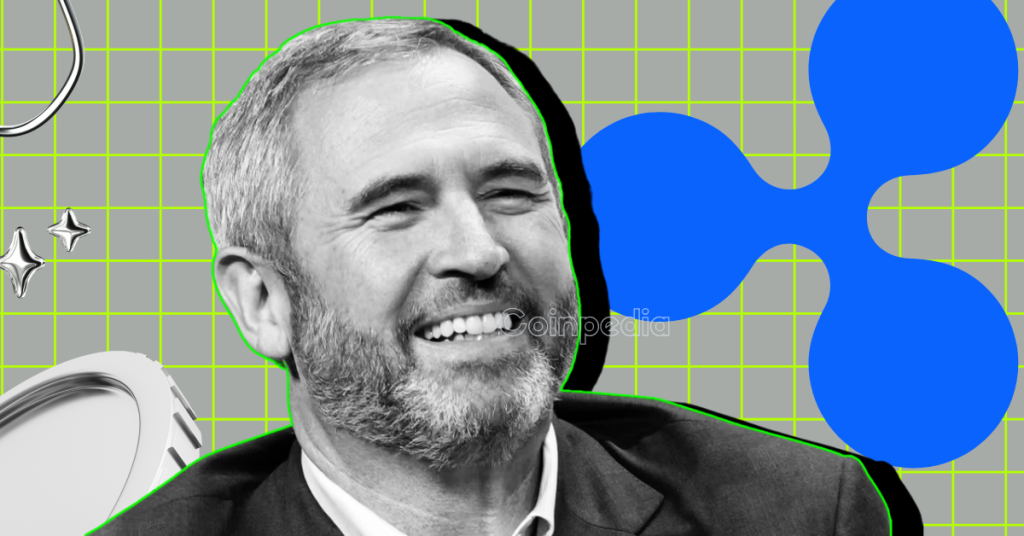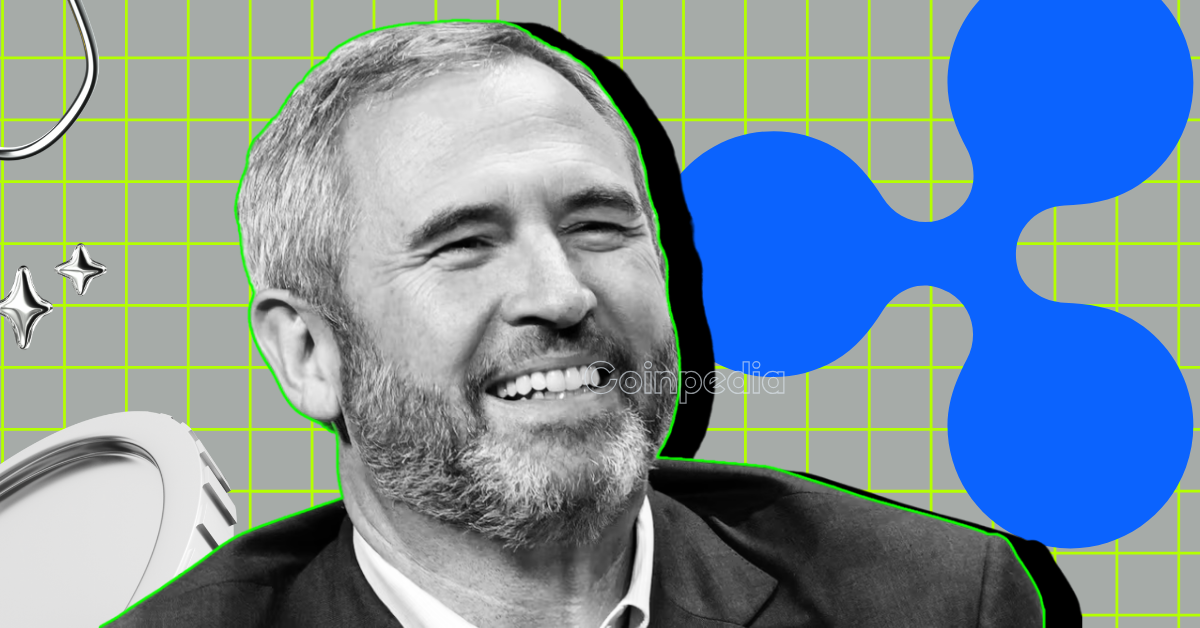
The cryptocurrency landscape is a dynamic and often unpredictable arena, shaped by technological advancements, market fluctuations, and evolving regulatory frameworks. Ripple Labs, under the leadership of CEO Brad Garlinghouse, is at the forefront of this rapidly changing industry. The company’s strategic initiatives, including its engagement with U.S. regulators, pursuit of a national bank charter, and the future trajectory of its native cryptocurrency, XRP, are critical to its long-term success. These efforts are not only pivotal for Ripple but also have broader implications for the cryptocurrency market as a whole.
Regulatory Scrutiny and the Path to Clarity
The regulatory environment for cryptocurrencies in the United States has been a significant challenge for Ripple. The ongoing legal battle with the Securities and Exchange Commission (SEC) has cast a long shadow over the company’s operations and XRP’s market perception. Garlinghouse’s testimony before the Senate Banking Committee represents a crucial opportunity to advocate for a clearer and more consistent regulatory framework that balances innovation with consumer protection.
Garlinghouse’s Three Demands: While the specifics of Garlinghouse’s demands remain undisclosed, the overarching goal is to achieve regulatory clarity. This includes a defined classification of digital assets, guidelines for market participants, and a level playing field that does not stifle innovation. Achieving these objectives is essential for fostering a healthy and competitive crypto market.
The SEC’s Evolving Stance: The appointment of a new SEC chairman has raised hopes for a more constructive approach to crypto regulation. Garlinghouse has expressed optimism about this shift, and Ripple’s withdrawal of its cross-appeal against the SEC suggests a willingness to find common ground. The market is eagerly awaiting the SEC’s decision on whether to withdraw its own appeal, which could signal a turning point in the legal battle and pave the way for greater regulatory certainty.
Testifying Before Congress: Garlinghouse’s congressional testimony serves a dual purpose. It provides lawmakers with valuable technical insights into blockchain development and the impact of regulation. It also allows Ripple to advocate for a crypto market structure that encourages responsible innovation and protects consumers, aligning with the company’s commitment to compliance and regulatory oversight.
Ripple’s Bold Banking Ambitions
Ripple’s application for a national bank charter is a strategic move that underscores its ambition to bridge the gap between the crypto world and traditional banking practices. This endeavor is not only a testament to Ripple’s vision but also a significant step toward integrating blockchain technology into the existing financial infrastructure.
Benefits of a National Bank Charter: Obtaining a national bank charter from the Office of the Comptroller of the Currency (OCC) would grant Ripple several key advantages. It would allow the company to settle payments faster and cut costs by bypassing intermediary banks. Furthermore, it would provide a stamp of regulatory approval, enhancing its credibility and attracting institutional investors.
Implications for XRP: A banking license could enhance XRP’s utility by integrating it more seamlessly into existing financial infrastructure. This could lead to increased adoption and greater stability for the cryptocurrency. It also signals a long-term vision for XRP as a vital component of cross-border payment solutions.
Challenges and Obstacles: Securing a national bank charter is a complex and rigorous process. Ripple will need to demonstrate its ability to meet stringent regulatory requirements, including capital adequacy, risk management, and anti-money laundering (AML) compliance. The decision by the OCC will hinge on Ripple’s ability to satisfy these demands.
XRP’s Market Dynamics and Future Potential
Despite regulatory hurdles, XRP has shown remarkable resilience and potential. Recent market movements, driven by positive news and increasing institutional interest, suggest a growing confidence in XRP’s long-term prospects.
Price Predictions and Market Sentiment: Garlinghouse’s earlier tweet suggesting a potential 1000% increase in XRP’s value sparked considerable excitement among investors. While such predictions should be viewed with caution, they reflect the underlying belief in XRP’s growth potential. XRP’s recent surge to a six-year high, briefly trading at $2.71, demonstrates its capacity for significant price appreciation.
Institutional Interest and ETF Possibilities: The growing institutional interest in XRP, including potential ETF filings, further underscores its increasing legitimacy as an asset class. An XRP ETF would provide investors with a more accessible and regulated way to gain exposure to the cryptocurrency, potentially driving demand and liquidity.
Transparency and Communication: Ripple’s decision to discontinue its quarterly XRP Markets Report after Q2 2025 reflects a commitment to improving transparency following the SEC lawsuit. While the exact reasons for this change remain unclear, it signals a desire to provide more relevant and timely information to the market.
A Diversified Digital Asset Reserve: Garlinghouse has expressed support for a U.S. digital asset reserve encompassing multiple tokens, including Bitcoin and XRP. This suggests a vision for a more diversified and robust crypto ecosystem, where XRP can play a vital role alongside other digital assets.
Charting a Course for the Future
Ripple’s journey is far from over. The outcome of the SEC case, the success of its banking ambitions, and the evolving regulatory landscape will continue to shape its trajectory. The company’s commitment to compliance, its focus on innovation, and its strategic partnerships position it for continued growth and influence in the crypto space.
The Ripple Effect: A Vision of Interconnected Finance
Ripple’s ultimate goal extends beyond simply creating a successful cryptocurrency. It seeks to build a global network of financial institutions and payment providers that leverage blockchain technology to facilitate faster, cheaper, and more transparent cross-border payments. XRP is envisioned as a key component of this network, providing liquidity and enabling seamless transactions between different currencies and payment systems.
As Garlinghouse steers Ripple through these challenging yet promising times, the company’s ability to navigate regulatory complexities, adapt to market dynamics, and execute its vision will determine its ultimate success. The future of XRP, and indeed the broader crypto landscape, hinges on the decisions and actions taken by Ripple and its leadership. The company’s strategic initiatives and commitment to innovation position it as a key player in the evolving world of digital finance.





